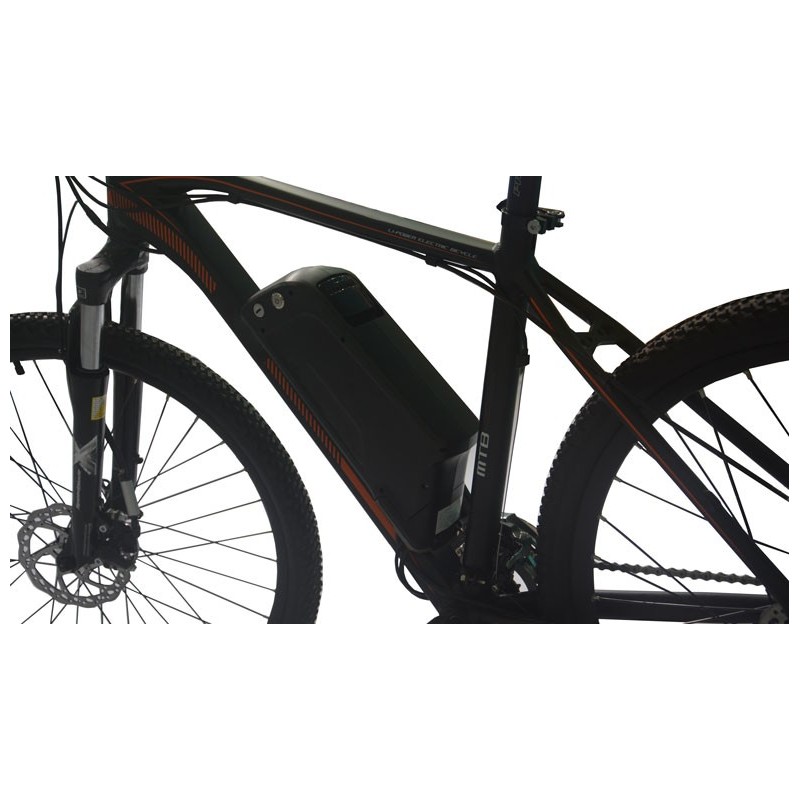Samd
10 MW
These rubber grommets allow ingress - good for commuters, but not great.
http://i01.i.aliimg.com/wsphoto/v1/1706359371_4/2014-Latest-Style-48V-12AH-Li-ion-Water-Bottle-Battery-with-BMS-and-2A-Charger.jpg
I've been warning customers to make sure they are ok with it. I'm happy enough with the one on my wife's bike but we carry a plastic bag just in case.
I have to concur with Voicecoils.
http://endless-sphere.com/forums/viewtopic.php?f=14&t=58928#p880024
I can't imagine anyone "thrashing" much with one of those wee amp-rate batteries though!
http://i01.i.aliimg.com/wsphoto/v1/1706359371_4/2014-Latest-Style-48V-12AH-Li-ion-Water-Bottle-Battery-with-BMS-and-2A-Charger.jpg
I've been warning customers to make sure they are ok with it. I'm happy enough with the one on my wife's bike but we carry a plastic bag just in case.
I have to concur with Voicecoils.
http://endless-sphere.com/forums/viewtopic.php?f=14&t=58928#p880024
I can't imagine anyone "thrashing" much with one of those wee amp-rate batteries though!




